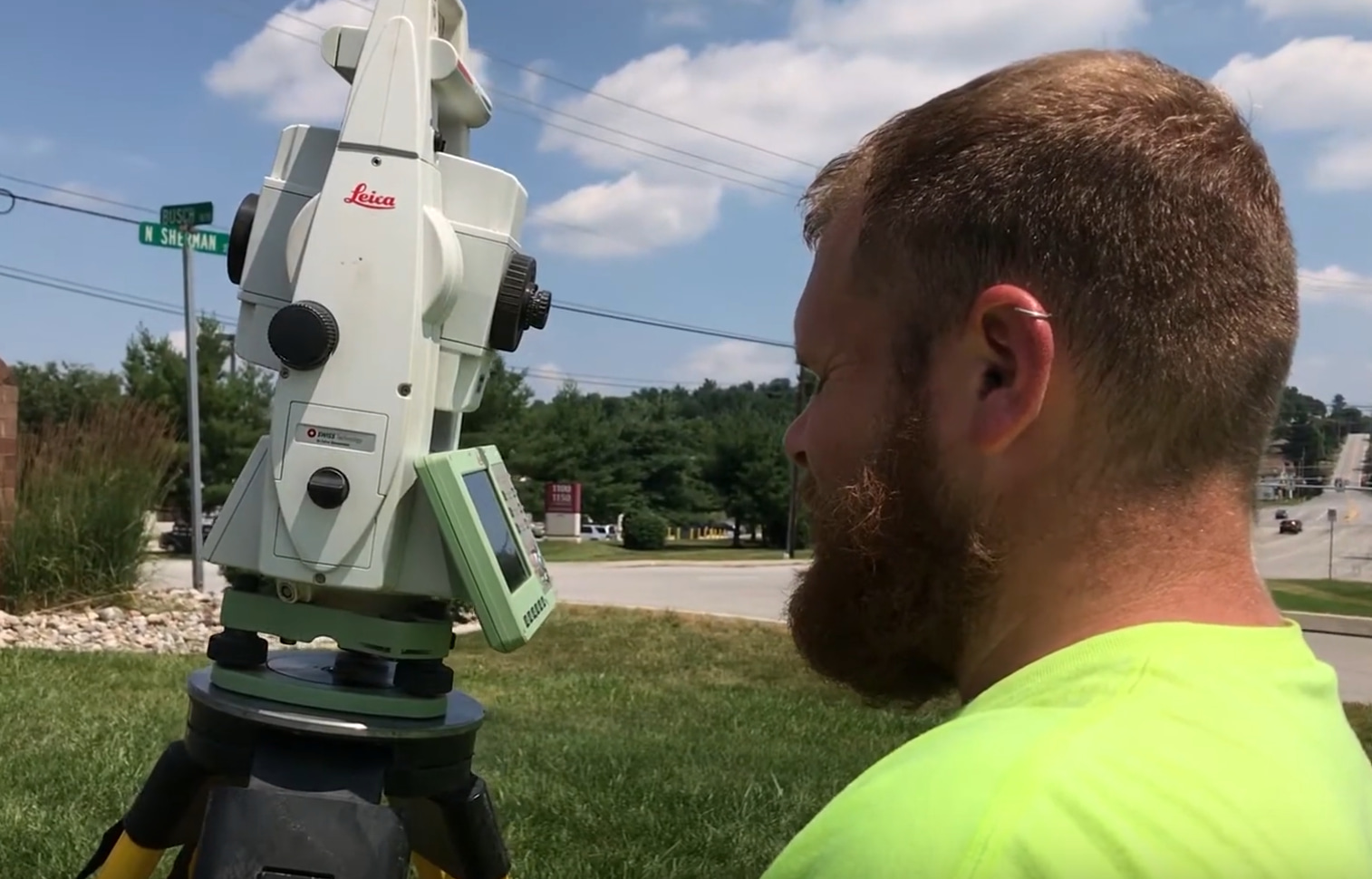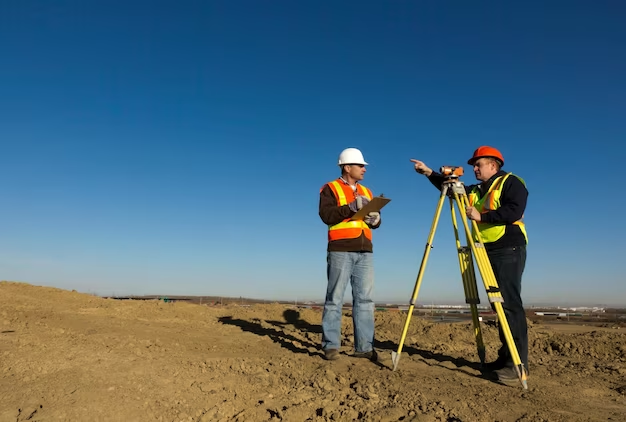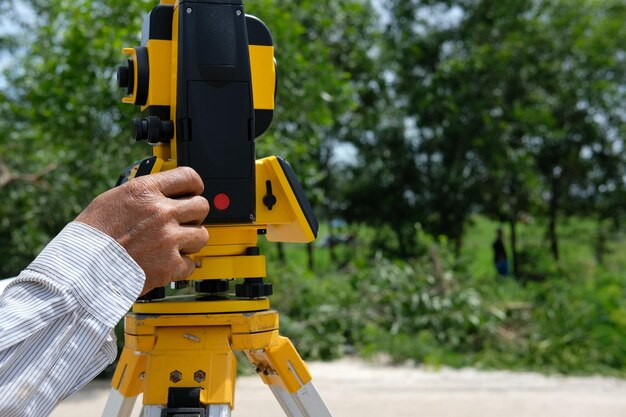Section 6.C. – Easements, Servitudes, Rights of Way, Access, and Documents has been modified and a new obligation introduced with the implementation of the revised 2021 Minimum Standard Detail Requirements for ALTA/NSPS Land Title Surveys.
Surveyors’ Modifications Section 6.C of the ALTA Land Title Survey for 2021 has been added.
A clarification has been added to Section 6.C.ii, which requires the land surveyor to submit a summary of these enumerated matters and the summary is limited to survey related elements. The land surveyor usually finds out about these issues by looking at the title evidence and, in particular, the items listed in the Schedule B II.
6.C.ii. Section
When a surveyor notices that an item is not positioned on or does not contact the property, they can now remark on how it concerns the property under Section 6.C.ii. (e). The surveyor will succeed this remark by stating that it is dependant solely on the description in the examined document and the surveyor does not need to establish the legal consequence of the matter. It’s vital to remember that this only applies to anything that the surveyor discovers are missing from the examined property.
6.C.iii Section
If nothing as physical access to the property was discovered while doing fieldwork to an adjacent public or private way, the surveyor must make a remark in Section 6.C.iii. Private ways were added to this obligation in the 2021 standards.
6.C. vi Section
The surveyor must now supply the tax parcel number if accessible, as required by Section 6.C.vi, which requires the surveyor to submit information for contiguous non-platted property.
New Surveyor Responsibilities
Finally, a new criterion has been added. The land surveyor has a new responsibility under Section 6.C.viii to notify the title insurer if they find a registered easement which is not mentioned in the land title evidence while setting up the survey. Although surveyors do not need to conduct a title search in order to find these items, they frequently do so in order to organize the survey to meet up the Normal Standards of Care. A surveyor may obtain this information in addition to their study if they have access to past surveys, utility plans or site etc. that are not recorded papers and hence unavailable to the title firm.
While conducting fieldwork, the land surveyor may see other people using the property, such as a driveway that crosses the property for serving a neighboring property. If the land title evidence does not resolve this issue, the surveyor may (but is not compelled) look for a registered easement.
This duty makes the surveyor more practical, as surveys are frequently delivered at the last leg of a transaction, converting this newly discovered easement a last-minute challenge to fix. If the title firm is unable to offer a release, the surveyor must include a notation in their summary of easements to reflect this. At Redhawk Land Surveying we work for land survey, boundary survey, topographical survey and more. For ALTA surveying, you may contact us in OKC.









+ There are no comments
Add yours